The weather this year has been in contrast to 2018, which left some species reeling from heatwaves and droughts. The weather during 2019 was more ‘normal’, but still changeable as a result of climate change. Extremely heavy rainfall caused flooding in parts of the country during summer and autumn.
The warm, wet year was a result of the position of the jetstream. It brought with it an influx of migrants, some of them unexpected.
2019 was a ‘mast’ year for seeds and berries thanks to the combination of a milder winter and a warm, wet spring, creating good conditions for pollination. Last year’s extreme weather could also have stressed the trees, and when combined with this years’ ideal conditions, triggered them to produce more flowers, resulting in more fruit. Many birds and insects benefitted from this bumper crop.
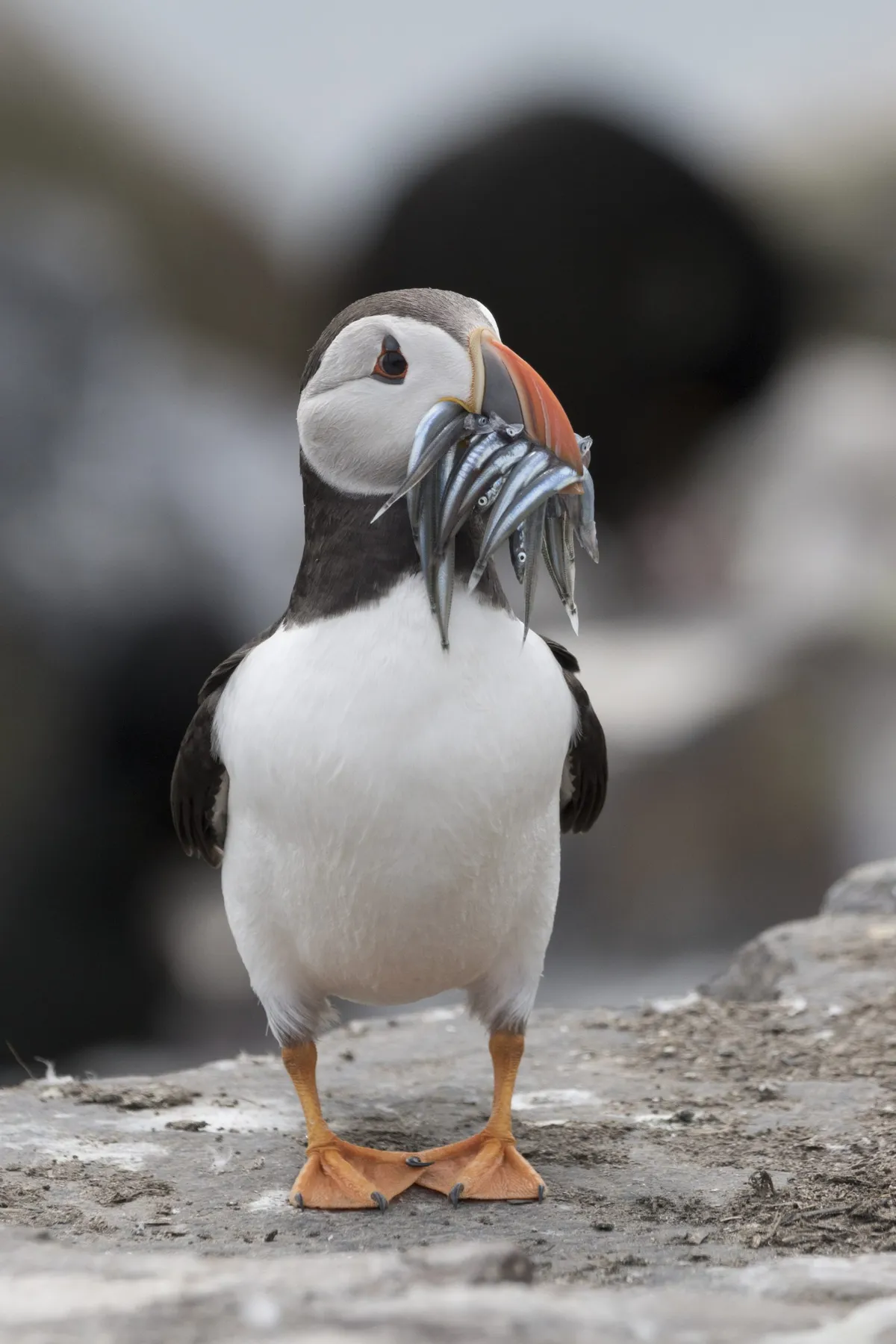
Wildflowers, butterflies, dragonflies, and grey seals all benefitted from the weather conditions of 2019, while natterjack toads, water voles, and puffins as well as some other sea birds suffered.
Unexpected migrants
It was a particularly good year for painted lady butterflies, which arrived in large numbers for first time in a decade. Over 420,000 painted lady butterflies recorded in 2019, mainly in North East, Lake District, Northern Ireland, and the South West.
A more unusual sighting, the long tailed blue butterfly arrived from the Mediterranean in August, setting new records with 50 seen across England’s south coast.
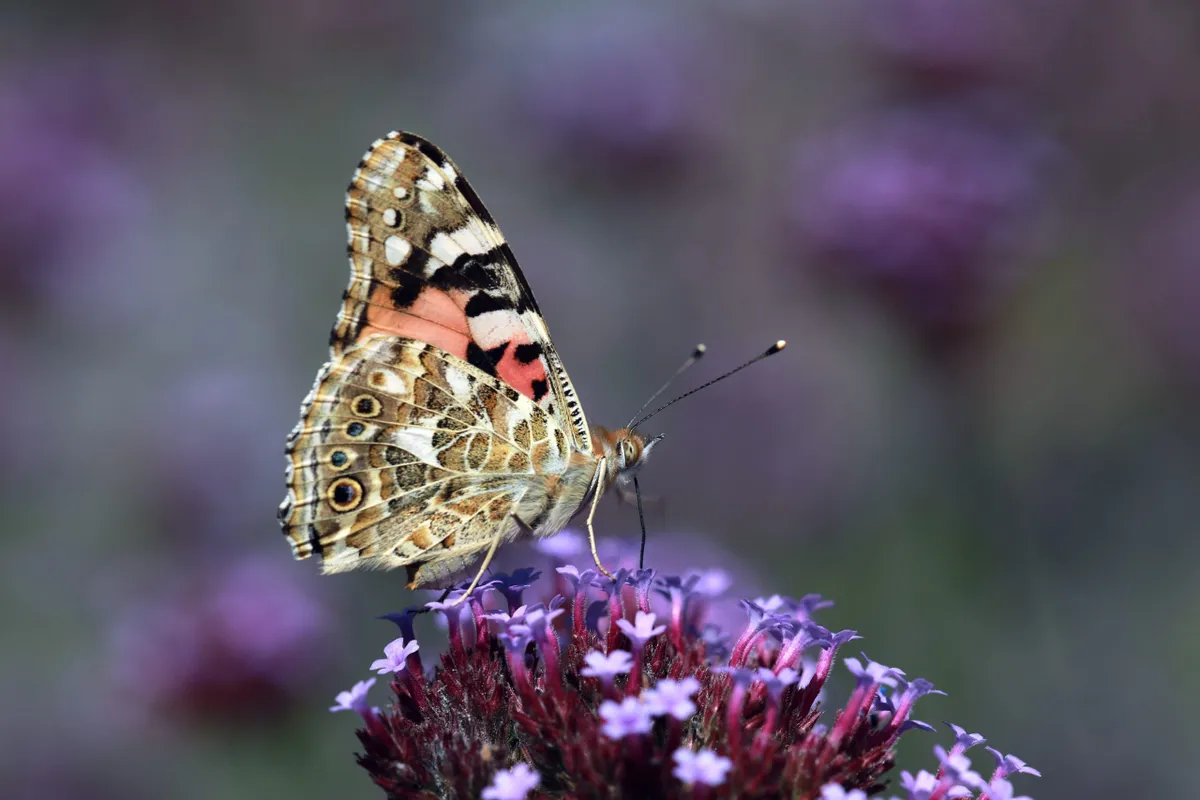
Another rare sighting was the Clifden nonpareil moth, which was recorded at Killerton in Devon. This moth became extinct in the UK in the 1960s, but over the last few years it has returned, with their numbers now at their highest in at least 25 years in the south of the country.
Some surprise bird visitors also made their way to UK shores in summer and autumn. The brown booby, usually found in the Caribbean or Venezuela, was seen for the first time in Kent. Two more of these vagrant birds were also sighted at different parts of Cornwall in August for the first time ever.
In autumn, more visitors from the Americas were seen: the American black tern turned up in Dorset, and the small, red-eyed vireo was seen on the Lizard.
The birds’ unusual arrival here was likely due to low pressure systems driving them off-course on their journeys down the eastern seaboard of the USA.
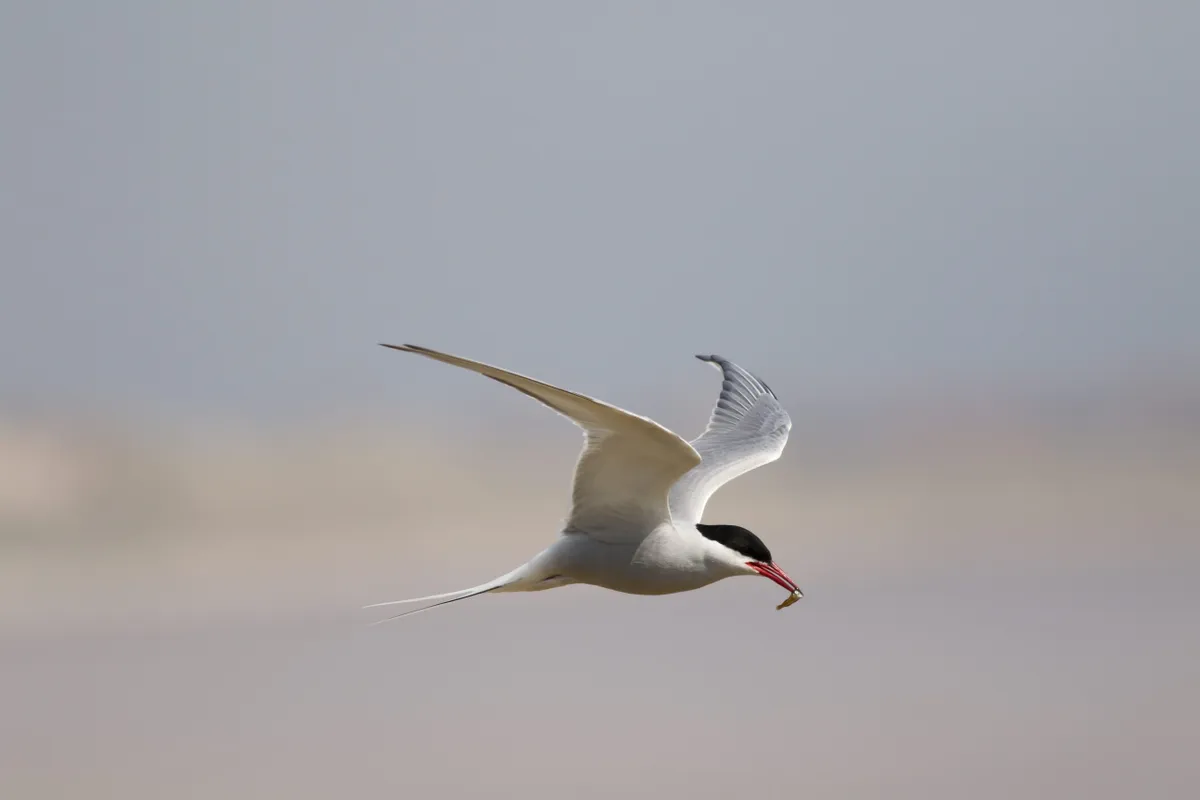
Although such sightings are unexpected and can be exciting, Ben McCarthy, Head of Nature Conservation and Restoration Ecology at National Trust, urges caution: “Sightings of migrant insects and birds are becoming more common. This is a result of our changing climate. Although this can seem exciting, the obvious flipside is how these changes will start to affect some of our native species already under pressure from intensive land use, habitat fragmentation and climate change.”
Heavy downpours disastrous for some species
There were spells of exceptionally wet weather during summer and autumn. Indeed, the volume of rain was more than twice the average in some places, with a month’s worth of rain falling in just 24 hours. Summer was much wetter than average, and the Met Office confirmed 109% of average monthly rainfall in October, and 97% in November.
The heavy periods of rainfall meant that many species struggled, including water voles and some seabirds.
Sudden flood events, particularly during breeding season, can spell disaster for young water voles who are too young to be able to swim.
Artic terns, puffins, guillemots, and shags in the Farne Islands all suffered heavy losses during June, at a time when the chicks and pufflings were at their most vulnerable.

Moth numbers continue to be in decline due to habitat loss, and poor flying conditions due to wet and cold weather. Nitrogen enrichment in host plants for moth caterpillars also meant they suffered higher mortality rates.
Natterjack toads were also among the species who struggled during the course of the year, due to dry weather rather than wet. During May and June, many of the pools of water they rely on in their dune habitat dried out, resulting in spawn and tadpoles being lost. An exceptionally high spring tide wiped out a second spawning attempt in August.
Interestingly, rangers recorded the earliest and latest spawning dates for the past decade, which could indicate that the toads are changing their behaviour to adapt to a changing climate.
What were 2019’s wildlife successes?
Changes in farming practices in certain areas have had a positive impact upon farmland birds such as starlings, skylarks, and lapwings. This group of birds is one of the fastest declining in the UK, and they can be particularly hard-hit over winter.
To help them survive, National Trust’s ranger team worked closely with 9 tenanted and licensed farms in North Pembrokeshire in order to encourage nature-friendly changes to farmland management. This included resting fields, leaving margins in some fields and leaving some fields unsprayed, sowing wild bird cover crops, and incorporating spring sown cereals with winter stubbles.
The results of such farming practices speak for themselves, with the ranger team in Pembrokeshire recording 64 different species and 23,000 birds in their first winter bird survey.
In Blakeney Point, Norfolk, numbers of Sandwich tern increased from 120 to 820 pairs, due to a good stock of sand eels and small fish.
Along the North Norfolk coast, little terns — which are declining in the UK overall — also faired well, with 78 chicks fledging, compared to last year when no chicks fledged due to heavy predation from kestrels. Kestrels were predating on the chicks due to a lock of voles — their preferred prey — for them to feed on. This year, vole numbers recovered, and rangers supplemented the kestrels’ feeding, helping to protect the little tern chicks prior to fledging.
Light-bellied Brent geese enjoyed a good year, arriving in Northern Ireland in the autumn after a very successful breeding season in the East Canadian High Arctic.
Grey seals were also among those that faired well, in spite of a high 50 per cent mortality rate of seal pups at several National Trust locations.
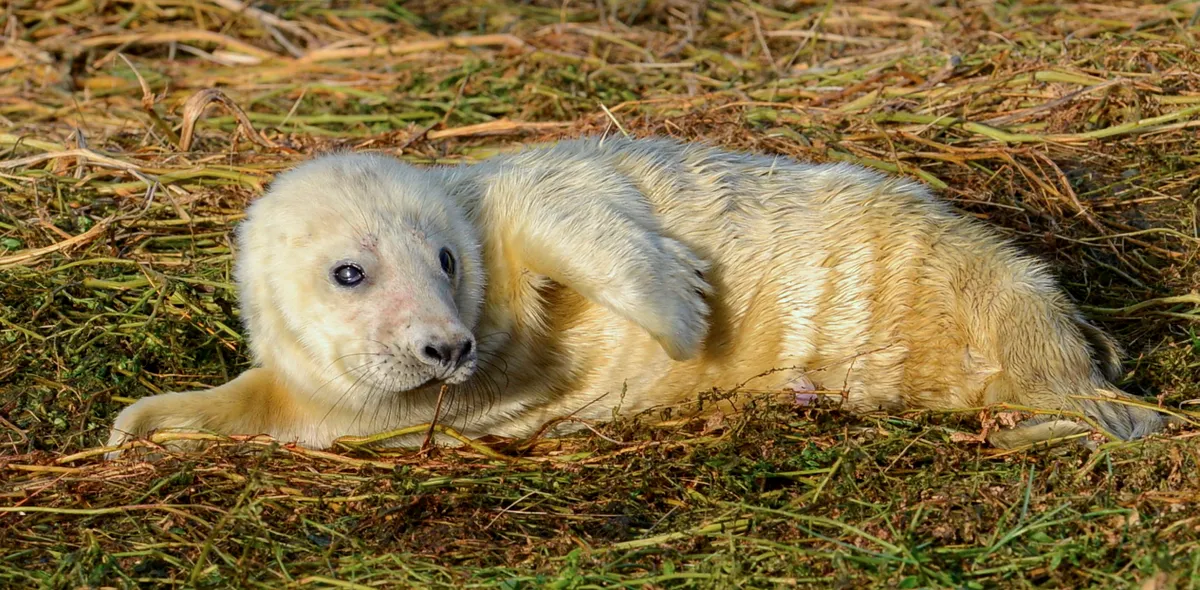
High numbers of migrant dragonflies were recorded, including the red-veined darter and vagrant emperor, along with healthy numbers of late dragonflies, such as emperor, common hawker, beautiful demoiselle. The small red-eyed damselfly, first recorded in the UK in 1999, was sighted as far north as Lancashire.
Knock on effects from 2018’s weather
Some species still experienced lasting problems from the extreme weather of 2018.
Sandwich tern numbers at Strangford Lough in Northern Ireland were down, as well as common and Arctic terns, possibly due to a traumatic breeding season last year, where a mixture of storms flooding nests and predation meant many chicks didn’t survive. This could have put the birds off returning to the area.
From wet weather to dry, last year’s drought dried the ground of Marsden Moor to the extent that it had not yet recovered the following year, when conditions started off dry. A fire broke out during Easter weekend, which quickly spread due to the tinder-dry ground, destroying 700 hectares and undoing years of peat restoration work. The habitat of rare ground-nesting birds such as curlew and twite, as well as mountain hares, was destroyed.
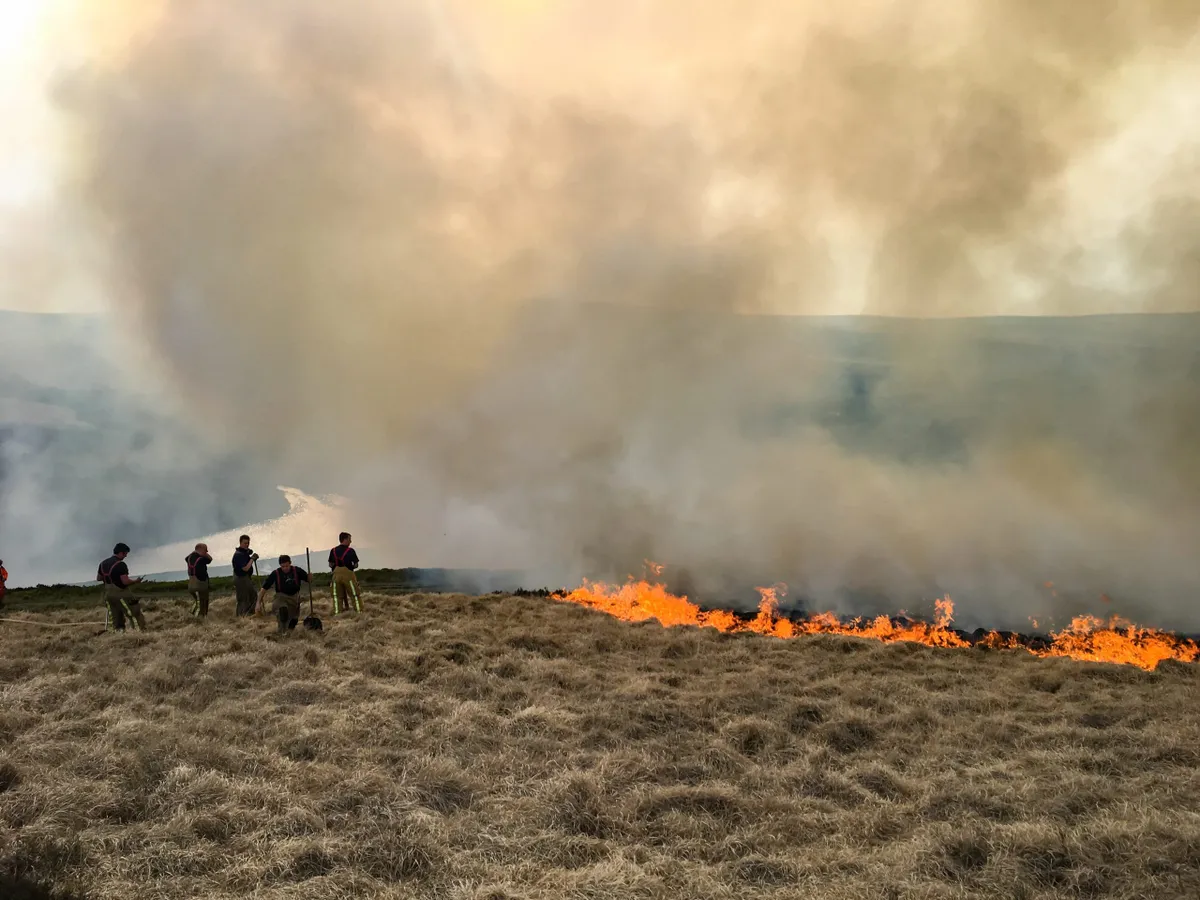
The drought of 2018 wasn’t bad news for all species, however, with orchids seeming to benefit from it. There were record numbers of flowering orchids, including bee orchid, dark-red helleborine, autumn lady’s tresses, and green-winged orchid, which were all seen across South East Cumbria and Morecambe Bay.
Ben McCarthy of National Trust explains their success: “The flowering of these beautiful orchids could all be down to the after effects of last summer. This is because last year’s drought would have burnt off shallow-soiled limestone grassland and reduced competition from grasses, allowing the orchids to flourish under this spring and summer’s strong growing conditions.”
Climate change an ever-prominent issue for wildlife
Unpredictable weather is becoming the norm, and is a direct consequence of climate change.
Although the weather this year was less extreme than last year, extreme temperatures were still recorded: the lowest temperature of 15.4 degrees centigrade was recorded at Braemer, Aberdeenshire, and the highest temperature ever recorded in the UK of 38.7 degrees centigrade was at Cambridge University Botanic Garden on 25 July.
Keith Jones, climate change expert at National Trust commented, “This year’s changeable weather is a symptom of the warming climate. The more our temperatures go up – the more erratic our weather will become. This will force changes to the lifecycles of many species as food webs are knocked out of sync.”
As the weather becomes less predictable, many species are having to adapt to changing conditions, evolving their behaviour, in order to survive.
What is climate change and how does it affect the UK?
Extremes of weather, flooding and coastal erosion have all affected the UK countryside in recent years. Our guide explains what climate change is and how it affects British food production, wildlife and the countryside, plus how you can help.
More climate change related content:
Migratory species, which are able to escape unfavourable conditions as the climate changes, might fair better than less mobile species, providing they are able to find suitable habitat elsewhere.
Resident species, which are less mobile, might find it harder to adapt to a changing environment, as McCarthy explains, “The biggest threat is to less mobile species and those that are specialists.
“If our wildlife doesn’t have anywhere to move to as temperatures rise and the weather changes, over the coming years we will inevitably see more and more species at risk of becoming extinct.”